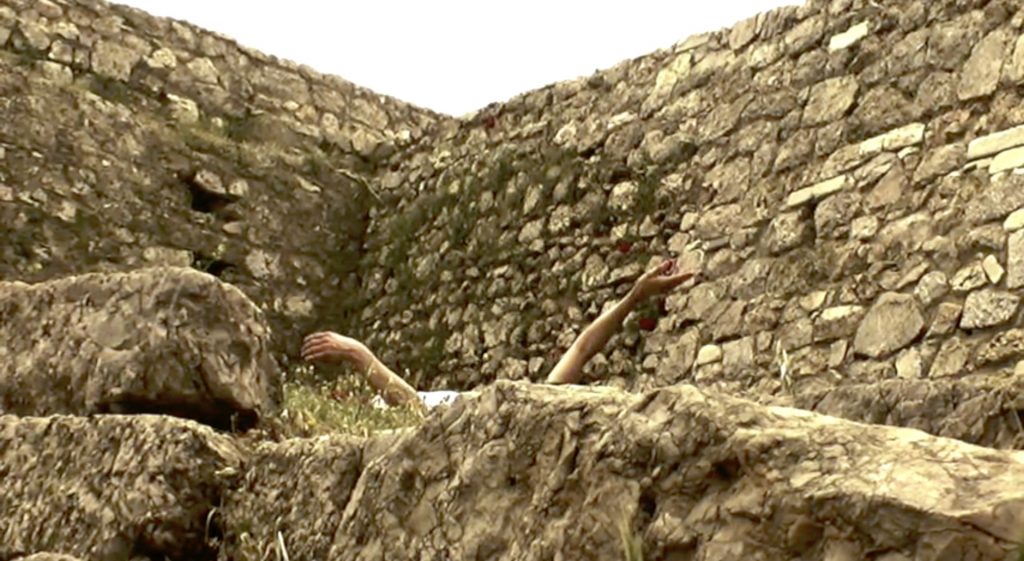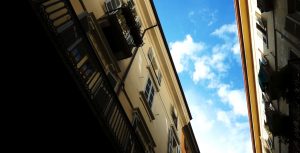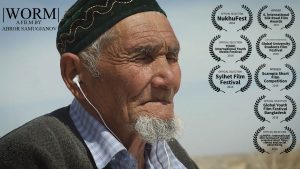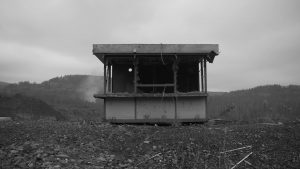
13 Variables [Now we are no longer who we were then, a dialogue with Jean Cocteau]
The work re-imagines Cocteau’s Jeune Homme et al Morte and re-aligns the gender focus from the man/victim to tell the story from the perspective of the Young Girl/Death Woman, attempting to remember the moment of the Young Man’s death, to recapture as well as redefine it and herself. The visuals are anchored in a narration that has two sources. First in keeping with Cocteau’s use of the fairy tale as well as over-narration, the retelling by an omniscient narrator is marked by the convention ‘Once upon a time…’, which sets the quest for the elusive site of the story (a city, a fountain, the walls of a tomb, a field of poppies). The second source is the voice of the Young Girl/Death Woman, who narrates a counter story, her desire to be present and unique, the sensual exploration of the relationships of their bodies, grounding their reality in the “experience at the touch of a tactile tendril” and the microscopic enunciation of the body (“hand, back of the neck”, “your hand on my waist”). The visible apparatus (camera in her eyes, mp3 players) are mirrors across ‘realities’, where other invisible spaces are alluded to. Conventions of slow motion, fast-forward, cross-fade play an aesthetic and methodological role, emulating the fluid and ungraspable nature of memory; simultaneously capturing and erasing (for example the reverse action halfway through the narrative as if retracing “to begin again”). Language structures (repetition, alliteration, echo) are paralleled in the editing (repetition of images but in different scales, superimposition). Visual and audio tracks dovetail whilst maintaining distinct dramaturgical identity. It is filmed entirely on mobile apparatus, and confronts us with the limits of capture (blurry, overexposure, out of frame). The ‘glitches’ (including the wearing of a mask, opening this to a rereading of the death mask of Cocteau’s work) are not erased to refer to the space/time outside the narrative frame, the here/now of the viewer.
Ana Sanchez-Colberg (GR)
Ana Sánchez-Colberg is a Puerto Rican multidisciplinary artist based in Europe. She has been awarded Fellowships by the Swedish Research Council, Arts Council of England, British Council amongst others. She has also been a recipient of a National Endowment for the Arts Award in 2016 and the recipient of the highly coveted MAP Funding (USA) award in 2019, and multiple other awards and recognitions. Sánchez-Colberg’s trajectory begins in choreography and dance. She established Theatre enCorps in 1989 and elaborated a track record of award-winning works created and performed in over forty cities world-wide. The work as part of Theatre enCorps can be seen at www.theatreencorpscollectif.com Since 2016 she moves fully into non-stage multidisciplinary works based on experimentation with generative compositional rules. The works defy categorization as they bring together elements of fine and visual art, audio composition, movement, photography and film, live documentation in works that question the relationship between art institutions, the ‘art-object’ and the subjects involved in the creation and reception. Her most recent project Love Letters to Ana was selected for inclusion in the exhibition Coantivirus curated by NY20+ Nongyuan Culture in Chengdu, Sichuan, China. From there it moved to be part of the permanent collection of the channel SVOX.TV Film and Video Arts . It was also screened as part of Miami Screen Festival in January 2021. The video series is a collaborations between nine international artists during the nine-week period of ‘heavy lockdown’ in the city of Athens. Ana is the lead artist who invited artists in ‘lockdown cities’ (from Seoul to Beijing, to Bangkok, Rome, Milan, San Antonio, to name some) to send her an audio ‘love letter’. This love letter was used as an audio-score to ‘go on a walk’ (a poetic slightly ironic variation on the museum audio walk) in the conditions of ‘containment’. The letters serve as a cross-border reflection on the shared and distinct conditions of ‘lockdown’ as well as an exercise in ‘recuperation’ amidst the loss.




